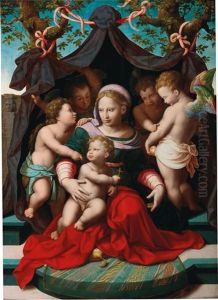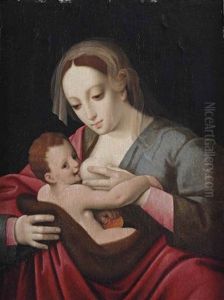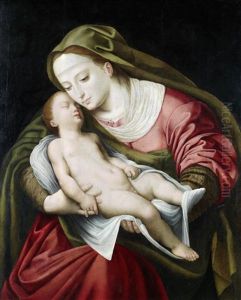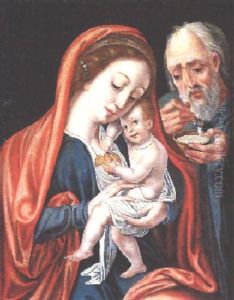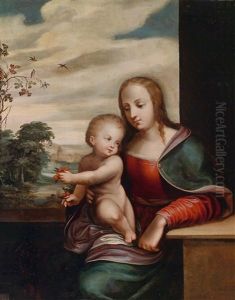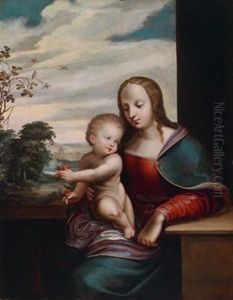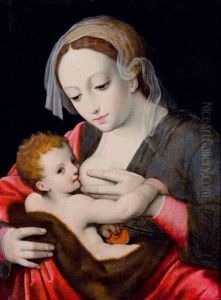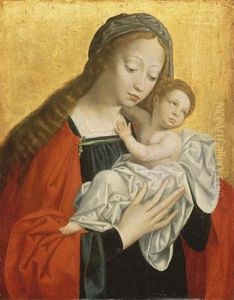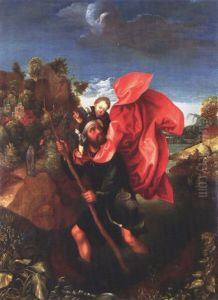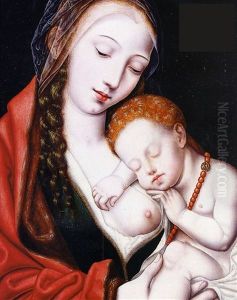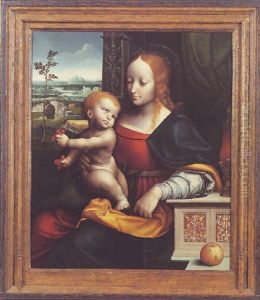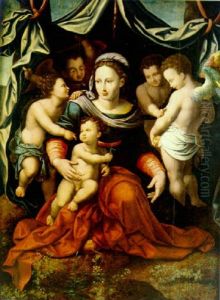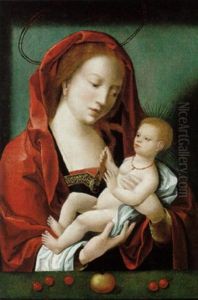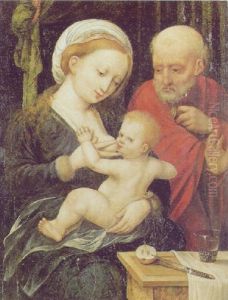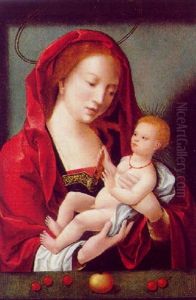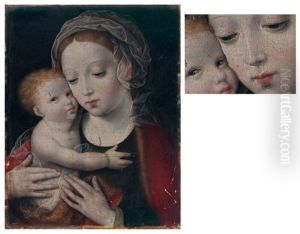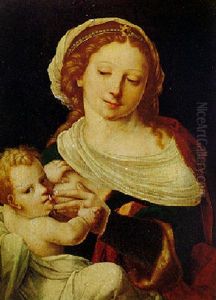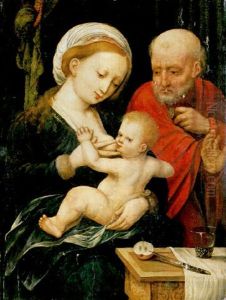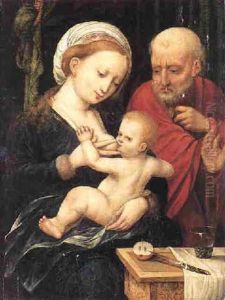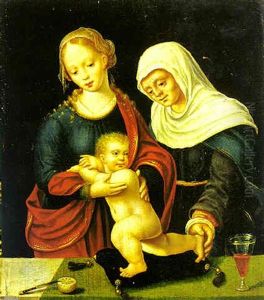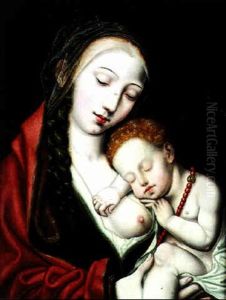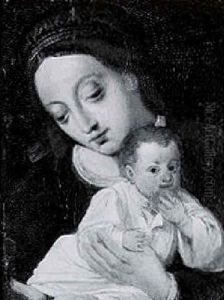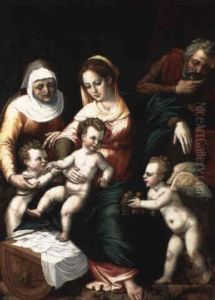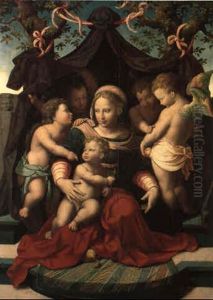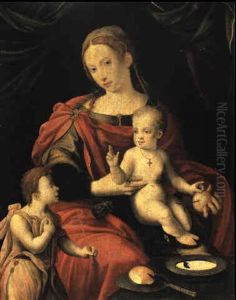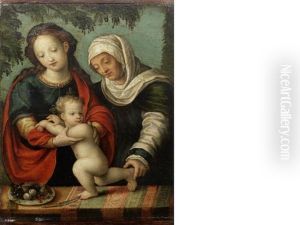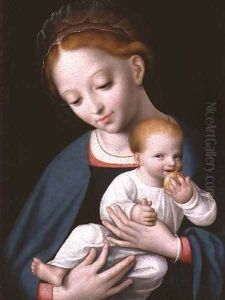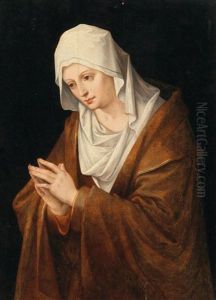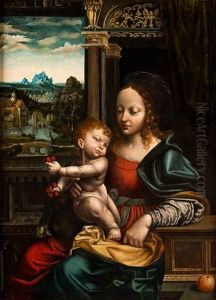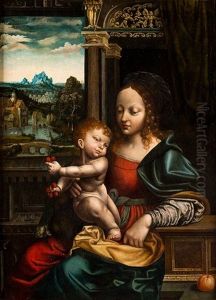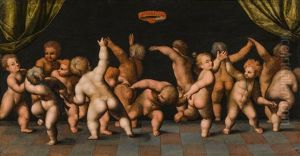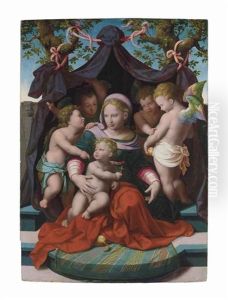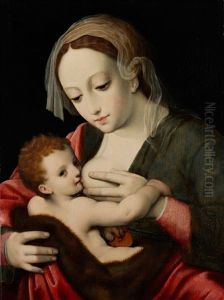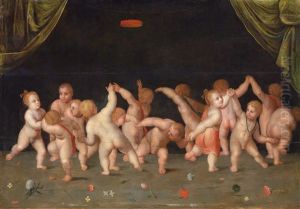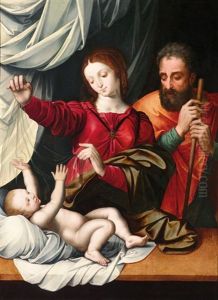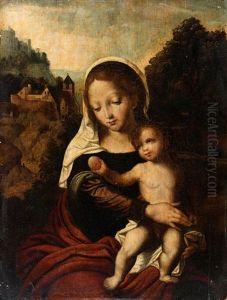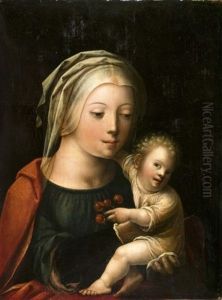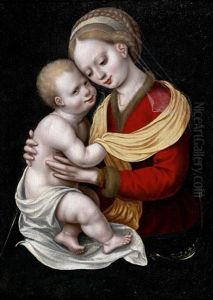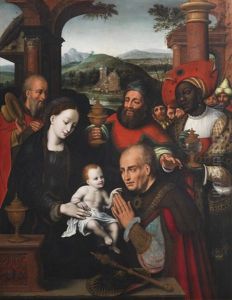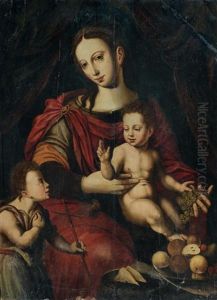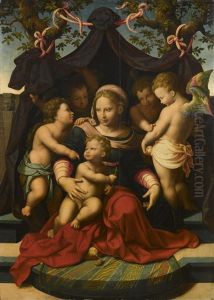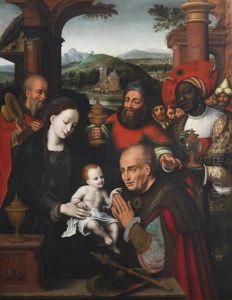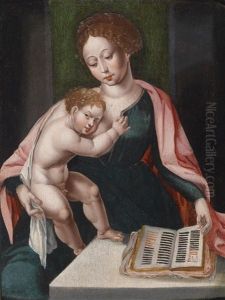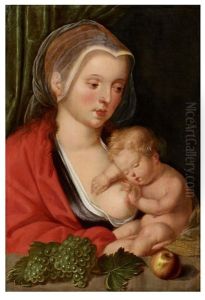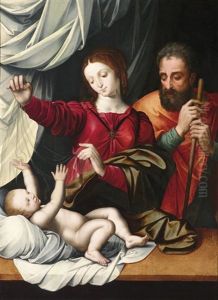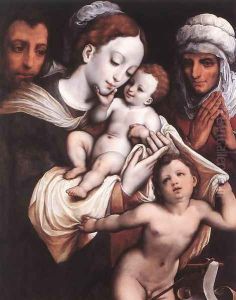Cornelis van Cleve Paintings
Cornelis van Cleve was a Flemish painter born around 1520 in Antwerp, in what is now Belgium. He was the son of the artist Joos van Cleve, who was a prominent painter in his own right and a noteworthy figure in the Antwerp art scene. Cornelis was likely trained by his father and inherited a considerable amount of his stylistic approach, which was characterized by the influence of the Italian Renaissance alongside local Flemish traditions.
Cornelis van Cleve's career unfolded during a period of significant religious, political, and cultural changes that were sweeping across Europe, including the Protestant Reformation. Despite these tumultuous times, Antwerp remained a vibrant artistic center. Cornelis was known for his religious compositions, portraits, and mythological scenes. His works often reflected a rich color palette and a fine attention to detail, which were hallmarks of the Antwerp school of painting.
Unfortunately, Cornelis did not achieve the same level of fame as his father, and his life and career are not as well-documented. Nevertheless, some of his works have been preserved and can be found in various European museums, showcasing his talent as part of the Northern Renaissance. Notable characteristics of his paintings include expressive figures and a certain degree of mannerist influence, which started to become more prevalent towards the latter part of his career.
Cornelis van Cleve's death is recorded as having occurred in 1567 in Antwerp. He left behind a body of work that, while not as extensive or influential as some of his contemporaries, provides insight into the artistic environment of the mid-16th century in the Low Countries. His contributions to Flemish art are often examined in the context of his father's legacy and the broader development of Renaissance art in Northern Europe.
